the essentials in brief
Radio-controlled sockets can be very useful because they offer ease of use, energy savings, flexibility and security. Find out more about the advantages and disadvantages of wireless sockets here.
A radio-controlled socket consists of a transmitter (remote control) and a receiver (socket with radio module). The sender sends in Signal to the receiver, which switches the socket accordingly.
No, most wireless sockets have a very low power consumption of 0,5 to 1 watt in standby mode. Find out more about the power consumption of radio-controlled sockets here.
Did you know that wireless sockets can make your life easier? You probably know that: You have to bend down to reach behind the cabinet to pull the cable out of the socket. Or you have to get up from the cozy sofa to turn off the light. But what if there's a solution that makes it all easier? Radio sockets could be the solution here. In this blog article you will find out how radio-controlled sockets work, how they can be used outdoors, what power consumption they have and what variants there are.
Contents
What are wireless sockets?
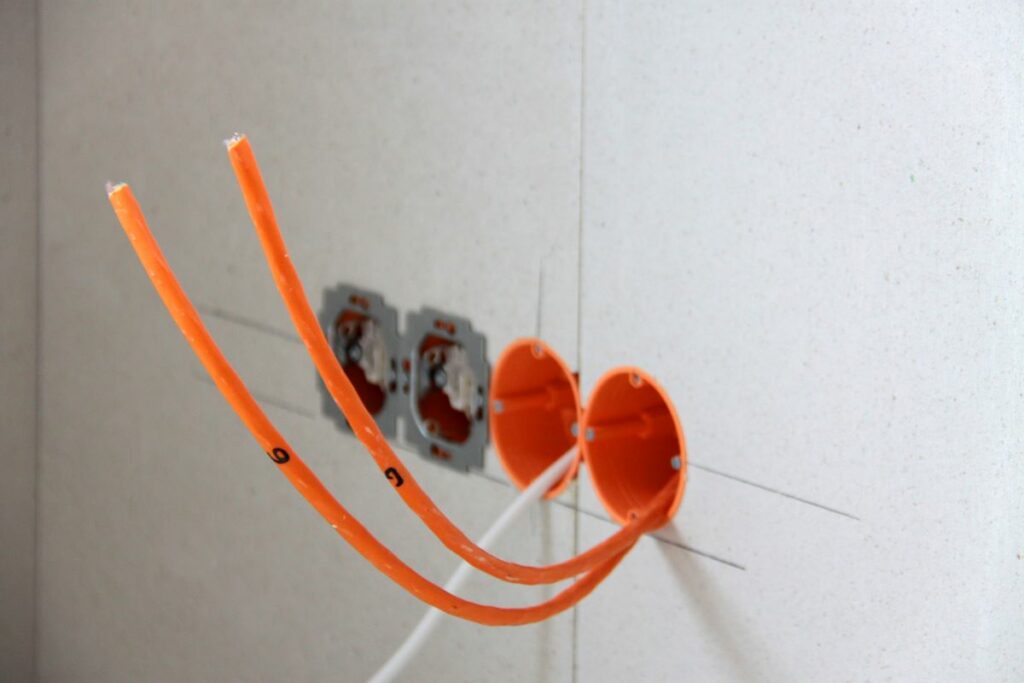
Radio-controlled sockets are a practical invention that can make everyday life in the household easier. They consist of one Steckdose and a Sender (remote control or app) via a radio signal communicate with each other. With the help of a radio-controlled socket, electronic devices can be conveniently connected regardless of their location turn on or offwithout being physically near the outlet.
There are different variants of radio-controlled sockets, which differ in their functions and operation. One of the most well-known variants are Radio sockets with remote control. These are often offered as a set and consist of a remote control and several sockets that can be controlled via the radio signal from the remote control. Another variant is Radio-controlled sockets with app controlthat can be operated via smartphone or tablet.
How do wireless sockets work?
A radio-controlled socket consists of two components: one Sender and a Recipients. The transmitter is usually one Remote Control, which switches the socket on or off using a radio signal. The receiver is a socket with a radio module, which receives the signal from the transmitter and switches the socket accordingly.
Sender-receiver principle
The transmitter-receiver principle is a basic principle of wireless data transmission. The transmitter sends a signal that is received by the receiver. The receiver receives the signal from the transmitter and carries out the desired action accordingly.
This means that by pressing a button on the remote control, you can turn connected devices on or off without having to be physically near the power outlet. The Reach of radio-controlled sockets can vary depending on the model, but it is usually several meters.
Another advantage of radio-controlled sockets is that they often have a automatic switch-off function feature. This means that they will automatically turn off after a certain amount of time if they are no longer in use. This can the reduce power consumption and thus also Cost saving.
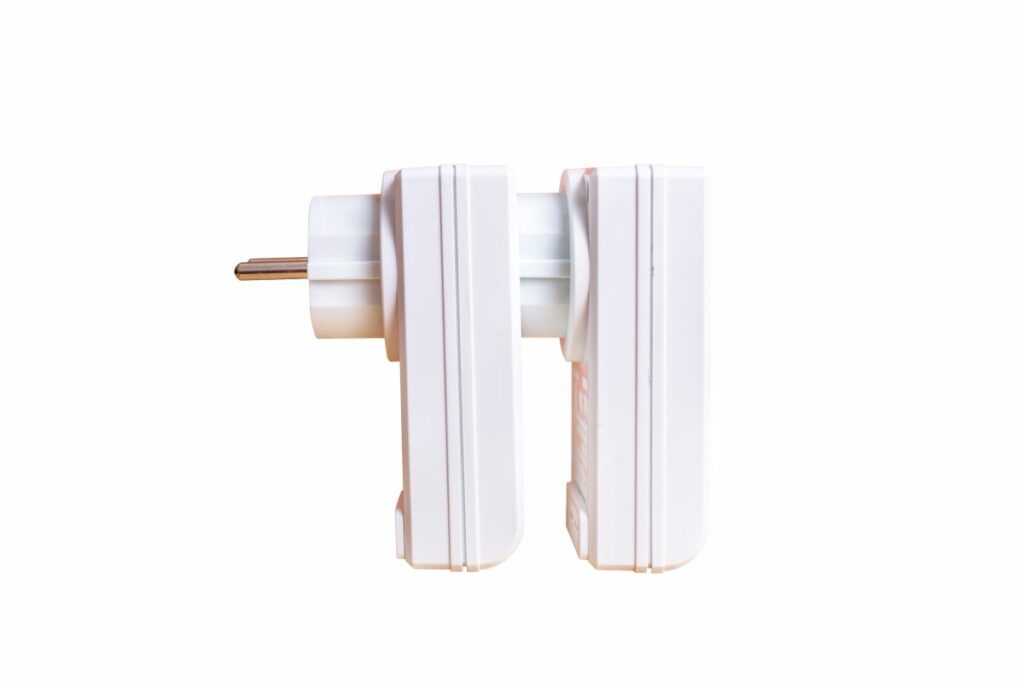
Pros and cons of wireless sockets
Advantages of wireless sockets
- Easy handling: Radio sockets are very easy to use. With the remote control or the app you can easily switch the connected devices on and off.
- Energy saving: By being able to switch off devices automatically when they are not needed, radio-controlled sockets can help to reduce energy consumption and thus save on electricity costs.
- Flexibility: With radio-controlled sockets, you can switch devices on and off regardless of their location. This is particularly useful outdoors or when sockets are in hard-to-reach places.
- Safety: If you forget to turn off a device, dangerous situations can arise. With radio-controlled sockets you can ensure that all devices are always switched off when they are not needed.
- Cost efficiency: Compared to smart sockets, wireless sockets are often cheaper. However, they offer many similar features and can therefore be a cost-effective alternative.
Disadvantages of wireless sockets
- Limited range: The range of radio-controlled sockets is limited. If the outlet is in a different room or blocked by walls and other obstacles, the signal may not be received.
- Limited number of devices: Each radio-controlled socket can only control a limited number of devices. If you want to switch several devices, you need several radio-controlled sockets accordingly.
- Dependence on batteries: Most remote controls for wireless sockets are battery operated. If the batteries are empty, the remote control must be replaced. If used regularly, this can incur additional costs.
- Unsuitable for some devices: Some devices, such as refrigerators or air conditioners, should not be operated via radio-controlled sockets, as this can lead to disruptions in operation.
- Security Risks: When radio-controlled sockets are of inferior quality or faulty, they can pose safety risks. For example, they can overheat or even cause fire.
Power consumption of radio-controlled sockets
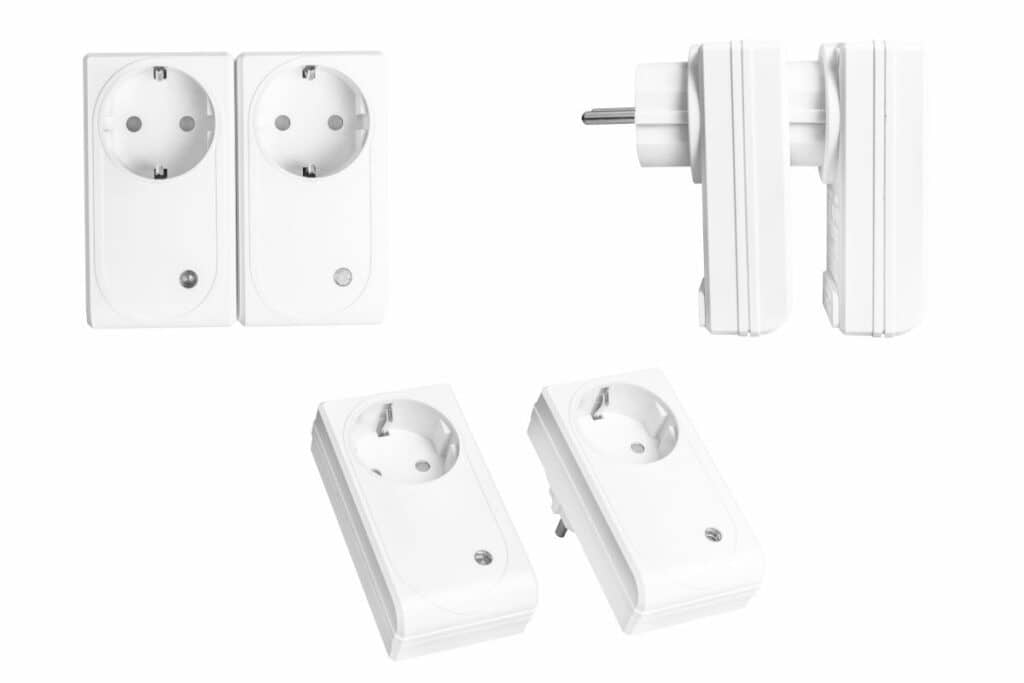
The power consumption of wireless sockets depends on various factors. In general, most radio-controlled sockets have an Standby mode a very low power consumption 0,5 to 1 watts. However, some models also have higher standby power consumption, which can be as high as 5 watts.
In comparison, devices such as televisions or computers often consume significantly more power in standby mode. so if you several devices via a radio-controlled socket operate and turn them off after use, you can use yours Significantly reduce power consumption.
Note: However, the actual power consumption also depends on the load on the socket. If an electronic device is connected to the socket and switched on, the power consumption of the wireless socket is also increased. This additional power consumption depends on the power consumption of the connected device.
However, it is important to note that the additional power consumption, which is caused by a radio-controlled socket, usually Minimal cleaning required is and is often negligible. Turning on a device from a radio-controlled socket typically uses less energy than leaving the device in standby mode.
Another benefit of wireless sockets is that they can help Energy Management in your household too optimize. With the ability to automatically turn off devices when they're not needed, energy savings can be achieved without you having to worry about it.
Overall, radio-controlled sockets can contribute to save energy and to reduce power consumption, since they allow devices to be switched off automatically when they are not needed. Most radio-controlled sockets have one in standby mode very low power consumption, so that the additional power consumption caused by a radio-controlled socket is usually very low.
Radio sockets in the outdoor area
In addition to being used indoors, radio-controlled sockets can also be used sensibly outdoors. For example, they can be used to Garden lighting or pond pumps to switch. By using radio-controlled sockets, these devices can be switched on and off regardless of their location, without having to run a cable through the garden.
Note: However, you should make sure that you use a weatherproof radio-controlled socket if you want to use it outdoors. Failure to do so could result in damage to the outlet when exposed to moisture or rain.
Another aspect that you should consider when using radio-controlled sockets outdoors is the range of the radio signal. Since most wireless sockets are designed for indoor use, the wireless signal outdoors may not be sufficient to switch the socket. It is therefore advisable to make sure before purchasing an outdoor radio-controlled socket that it suitable for the desired application at a hunt.
Another important aspect when using radio-controlled sockets outdoors is the Safety. It should be ensured that the sockets are on suitable documents or on elevated spots placed to prevent ingress of moisture or moisture. It is also advisable to have one additional residual current circuit breaker be used to minimize potential safety hazards from electric shock.
Overall, radio-controlled sockets outdoors can be very useful for electronic devices such as garden tools or lighting easy to control from the inside. However, it is important to weather protection class, community-led approach and Safety must be observed to ensure safe and reliable use.
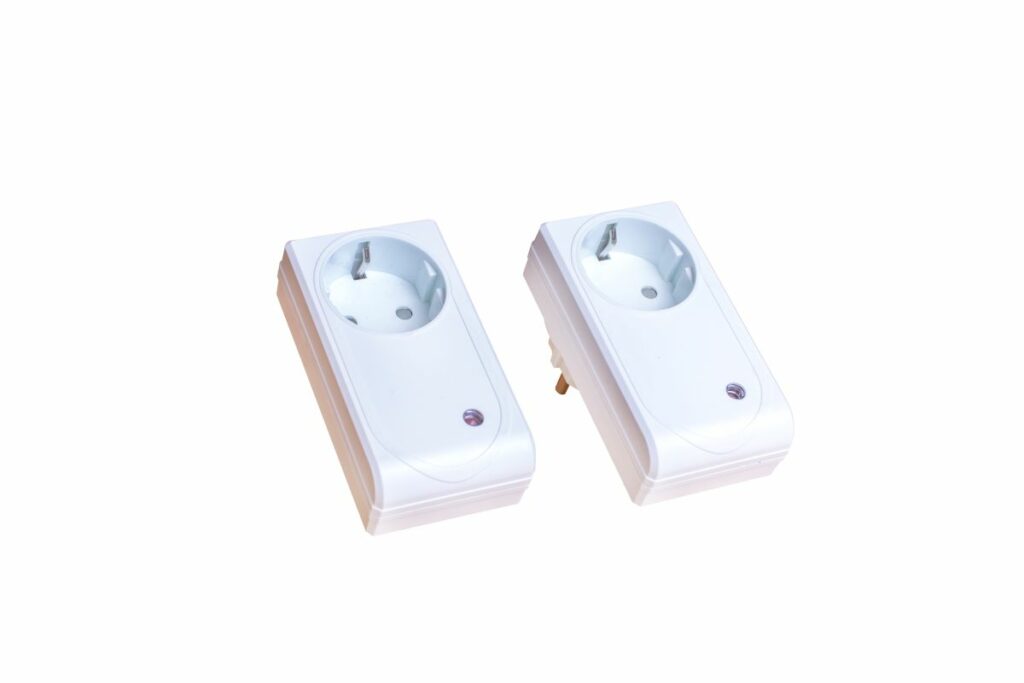
Radio sockets with remote control
There are different variants of radio-controlled sockets, which differ in their functions and operation. One of the best-known variants are radio-controlled sockets with remote control. These will often offered as a set and consist of one Remote Control and multiple outlets, which can be controlled via the radio signal from the remote control.
The remote control is usually easy and intuitive to use. There is mostly multiple buttons, which can be used to switch different sockets on or off. Some models also have a master-slave function, where one device is automatically turned off when another device is turned off. In this way, additional energy can be saved.
power remote control
Power remote controls, also known as remote control sockets, are a very useful invention. They consist of a socket and a remote control that communicate with each other via a radio signal. A power remote control is a convenient way to turn electronic devices on or off, regardless of their location, without being physically near the outlet.
Radio-controlled sockets with app control
Another variant of radio-controlled sockets are those that can be controlled via an app. This variant is particularly useful if, for example, you not at home but still want to turn certain devices on or off. With the app you can from any place, as long as you have one Internet connection have access to your radio-controlled sockets and control them accordingly.
The installation of a radio-controlled socket with app control is similar to other radio-controlled sockets. You need a socket with a built-in radio module and a matching appthat on the Smartphone or Tablet is installed. The connected devices can be conveniently controlled in the app. This has the advantage that you can control the connected devices while you are away or from the other end of the house.
Another advantage of radio-controlled sockets with app control is that they often Additional functions feature. You can, for example timer and time plans set up to turn the connected devices on and off automatically. One can also create scenarios that trigger a series of actions in order to automate certain situations. An example here would be a “good morning” scene where the bedroom light and coffee maker are automatically turned on to help start the day.
A disadvantage of radio-controlled sockets with app control is that you can Smartphone or tablet requiredto perform the control. The range of functions is also often a bit more complex than with conventional radio-controlled sockets with remote control, which could be a bit daunting for some users. The devices can also more sensitive to interference or network problems .
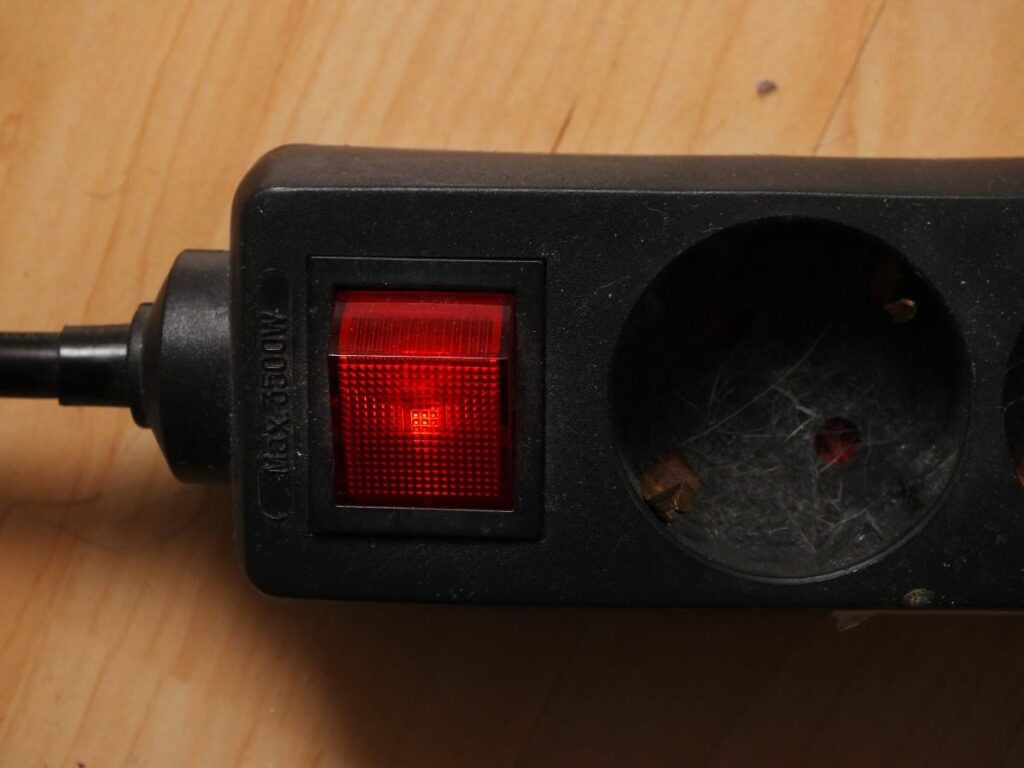
At a glance
Radio-controlled sockets can be used in the home and outdoors very helpful be. With the ability to turn devices on or off regardless of their location, they can Optimize energy management and help to save electricity costs. The different variants of radio-controlled sockets offer different functions and operating options.
Before you buy a radio-controlled socket, you should therefore think carefully about what functions you need and wo you her use want. This is how you can make sure that you suitable radio-controlled socket for your needs find.
FAQ on the subject of radio-controlled sockets
Radio-controlled sockets can be very energy-efficient because they allow devices to be switched off automatically when they are not needed. In standby mode, most wireless sockets have a very low power consumption of 0,5 to 1 watt.
Switchable sockets can be very useful as they can help to reduce energy consumption and save on electricity costs. They also offer flexibility and security when controlling electronic devices in the home.
The installation of radio-controlled sockets is usually very simple. You plug the socket into the desired socket and switch it on. The remote control or the app will then be synchronized according to the user manual.



